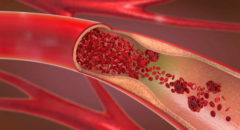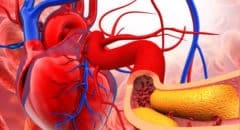
There are many different heart conditions that can affect the blood vessels to the heart or brain, heart muscles and valves, and other areas of the body. Some may require long-term treatment, while some can come on suddenly and seriously.
Buffalo Bills safety Damar Hamlin and most recently Bronny James, LeBron’s eldest son, experienced the latter.
After what appeared to be a routine tackle, Hamlin collapsed on the field during a Monday Night Football game against the Cincinnati Bengals. In an official statement, the Bills later revealed that the 24-year-old had suffered a cardiac arrest and was in critical condition after needing AED and CPR on the field.
But what exactly is cardiac arrest and how does it differ from a heart attack?
Many people tend to confuse and interchange the terms “heart attack” and “cardiac arrest,” but it is very important to note that these are two completely different medical conditions.
Understanding these differences can help save lives.
RELATED: How To Dramatically Boost Survival of Cardiac Arrest
What is Cardiac Arrest?
A cardiac arrest is a sudden collapse in an individual who is non-responsive and has abnormal breathing. Abnormal breathing is either agonal respiration, or gasping, or not breathing at all.
According to the American Heart Association, more than 350,000 cardiac arrests occur outside a hospital in the United States each year.
In sudden cardiac arrest, the heart stops completely. In this situation, it is important to call 911 and administer CPR if necessary. Unless treated, a person suffering from cardiac arrest can die within minutes.
“Cardiac arrest may be reversed if CPR is performed and a defibrillator shocks the heart and restores a normal heart rhythm within a few minutes,” the AHA notes.
Although cardiac arrest is not the same as a heart attack, almost any known heart condition, including a heart attack, can








